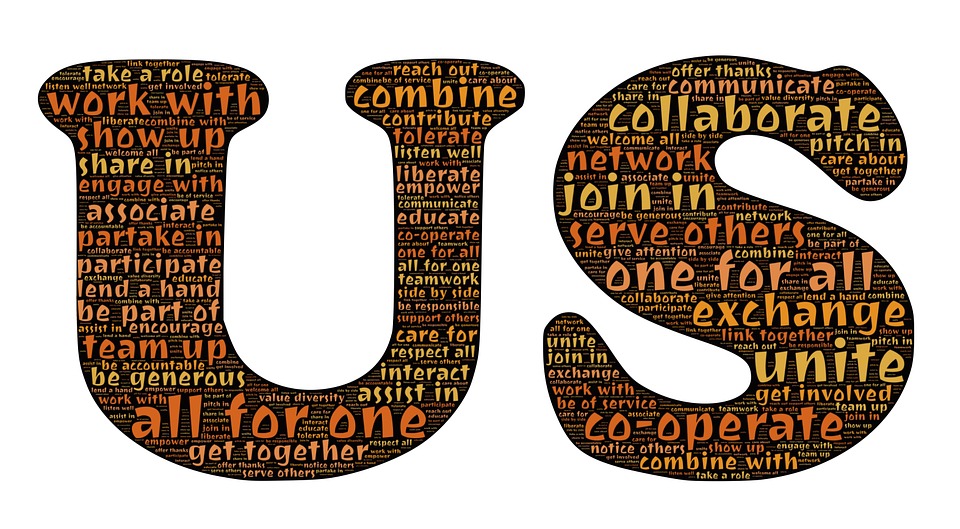On the evening of Aug. 11, 2017, I lay in my bed with my eyes on my iPhone. It had been a long day, and I was lazily scrolling through my Twitter feed. As my thumb moved up and down the screen, my eyes locked on a startling picture.
It showed angry people marching, with only their faces illuminated by the torches held in their hands. Incredulously, I followed the link to the “Twitter Moment” that showed a collection of tweets and sources following the “Unite the Right” rally.
I watched as neo-Nazis, Ku Klux Klan members and white supremacists marched on the University of Virginia. I watched as these people chanted “white lives matter” and “Jews will not replace us.” And I watched as brave students from that same university stood their ground when faced with intimidation, bigotry and hatred from all directions.
Through all of Friday night, I remember a feeling of distinct sadness, a deep anger and true fear about the direction of our country and of its moral compass. Never once did I think that the following 24 hours would be worse.
The following day would see the largest white supremacist rally in more than a decade. An Associated Press reporter and photographer estimated around 500 white nationalists marching on Saturday, many of whom were armed with not just shields and clubs, but with pistols and long guns.
Throughout the next few hours, two groups of protesters would clash with each other. Disgusting insults were hurled back and forth before fighting broke out. Clashes between the white supremacists and counter-protest groups exploded everywhere, resulting in people hit with pepper spray and batons, or even shot at.
In response to the spiraling situation, the assembly was declared unlawful around 11:30 a.m., and a state of emergency was declared to ensure that the rally would not go forward. However, if anyone believed that this would be the end of the violence, they were sadly mistaken.
At 1:14 p.m., James Alex Fields Jr. allegedly rammed his car into a crowd of pedestrians, killing one and injuring 19. And as if this loss wasn’t enough, a police helicopter that had been monitoring the incident had crashed, killing the two passengers.
It had been 24 hours since the torchlit march and I, along with many of my fellow Americans, were shaken to the core. I was angry that such an event could take place in this day and age. I was distraught by the lack of respect for human dignity shown by the protesters in Charlottesville, saddened by the loss of life, and dejected about the direction of the country.
But perhaps what I craved most of all was unity; the American people and its leaders coming together and fighting for the ideals of acceptance, religious tolerance, and the pursuit of happiness for all its citizens. And in the late afternoon, as has happened so many times in the past year, the country as one looked to the leader of the free world, President Donald J. Trump.
President Trump responded to this national tragedy with the characteristic inconsistencies that have plagued his presidency and his candidacy. President Trump would make three sets of comments, mostly due to the national backlash received in his first statements.
In his first press conference since the incident, the president made headlines by condemning actions on both sides of the march, saying “We condemn in the strongest possible terms this egregious display of hatred, bigotry, and violence on many sides, on many sides.”
To many, including myself, this statement seems to equate the actions of counter-protesters to that of the white supremacists, whose actions were responsible for the death of an innocent person. Yet in the same speech, the president made calls for unity among all people.
And while the president was able to stay on message and condemn “neo-Nazis, white supremacists, and other hate groups” in his second set of remarks, his third press conference on this served to divide the country even further. In this press conference, the president would suggest that there were “fine people on both sides,” that many of the protesters were not white supremacists and only there to protest the taking down of the statue of Confederate Civil War general Robert E. Lee, and would double down on the idea that violence on both sides was to blame. All of this while claiming he has either improved or maintained race relations in this country and calling for peace and unity.
Inconsistency is the defining term of the Trump presidency. The media is fake until it’s not. Under no circumstances did the Trump campaign meet with the Russians or other foreign powers, except for the times that they did. And it is necessary to point out that it is 100 percent true that President Trump has called for unity after Charlottesville, after the tragic shooting of a congressman, at his joint address to Congress, and many other times to date. And it is equally important to say that he does all of this while at the same time digging a verbal chasm between those people in this country.
Personal attacks on politicians on the left and the right, attacking the “liberal media” daily for alleged unfair coverage, denouncing polls, and countless other acts serve only to divide us into two groups, those that trust President Trump and those who do not. And his response is just the most recent example of this inconstancy and the reason this president will never unite this country behind his agenda or anything else.
Because if we cannot, as a people and a leadership, stand and unite in the face of violence, bigotry, and hatred, what can possibly bring us together?


